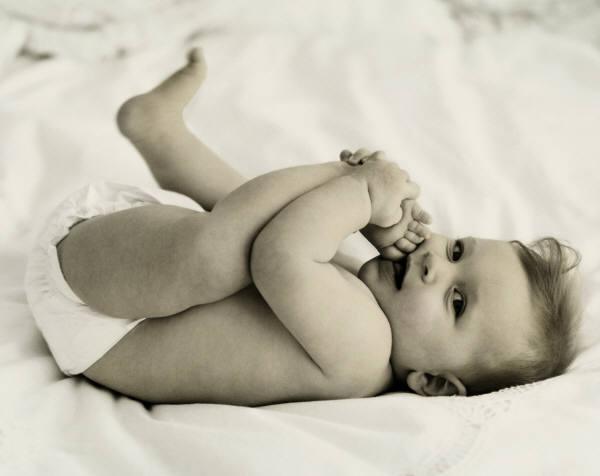

She was getting a little bit distressed at this point, and pulled up her legs and clenched her fists, but still bravely continued on.
Fully deserving of these two stickers given to her on the two visits.

When she got her sticker on the second visit, she asked me,
"Mummy, guess which is my favourite?"
Well, there was no pink sticker so I pointed to a red one, and she said no. I pointed to another one, and another, and another, all of which she said no. Finally I said,
"I pointed to all the stickers already, all also you said no. So which one is your favourite?"
To my surprise, she pointed to the teeny weeny white sticker near the centre (which I overlooked).
"White? You like white meh?"
And her reply was???
"Because white has no sin – blood washed away all the sin."
Whoa!!! Guess the kindy is doing a good job with Bible stories.

























































